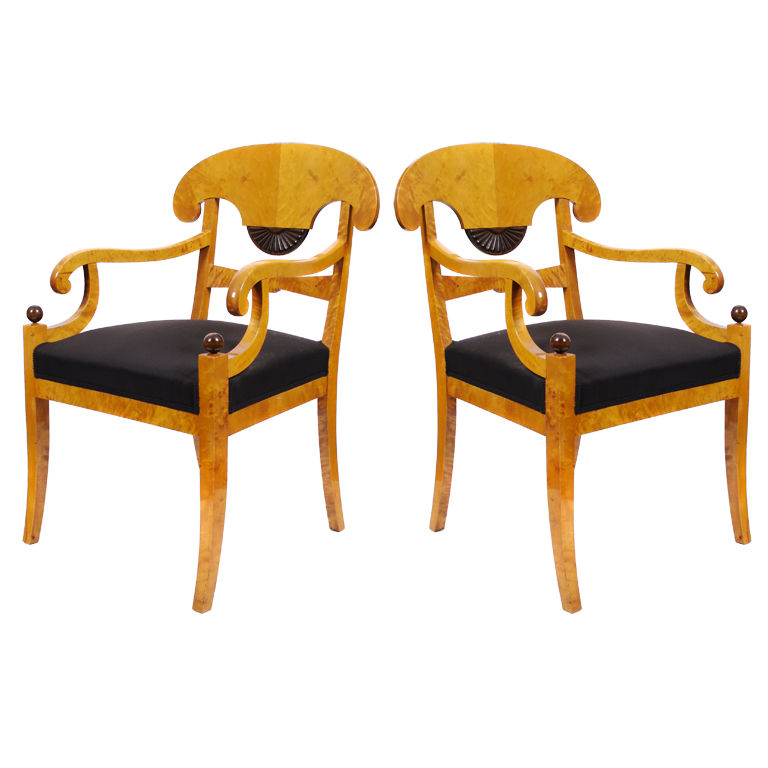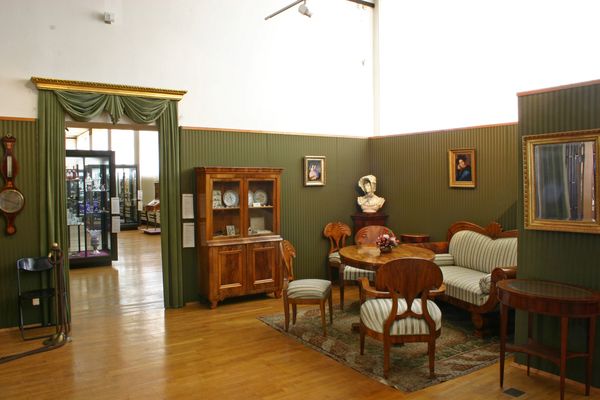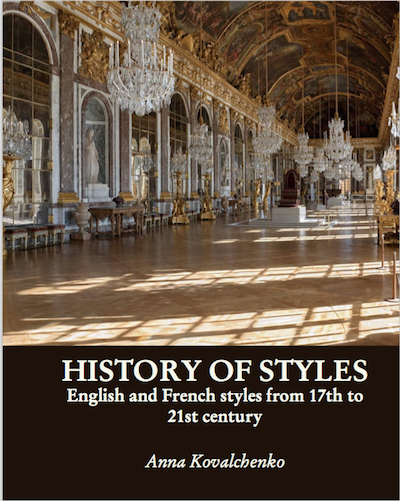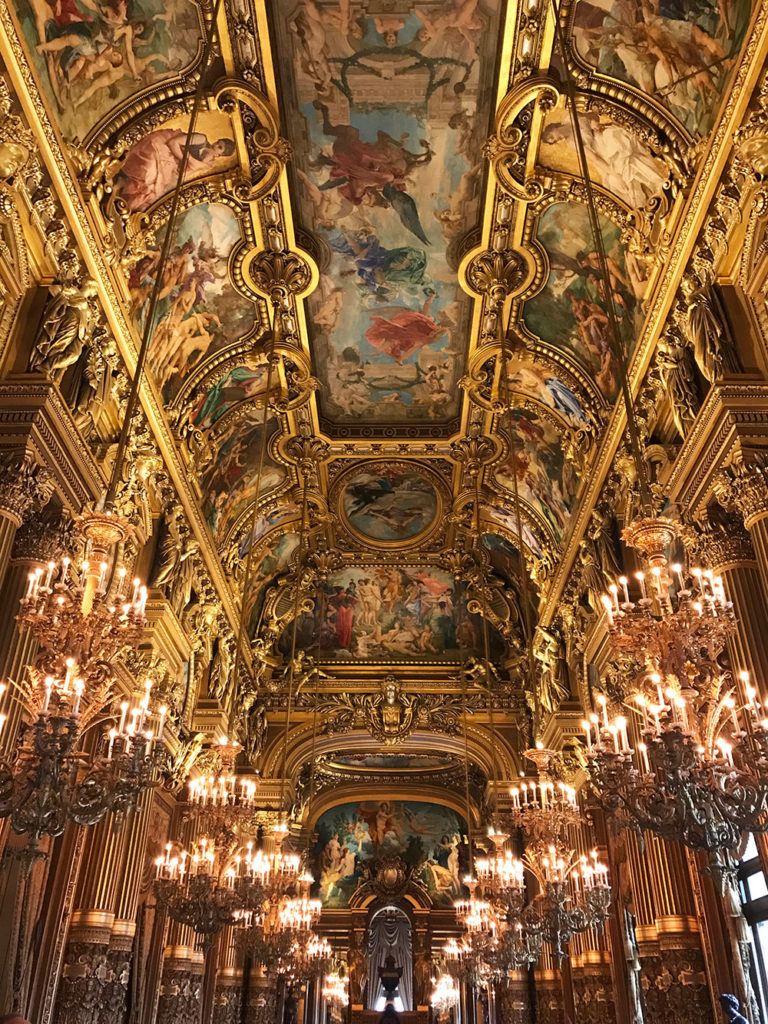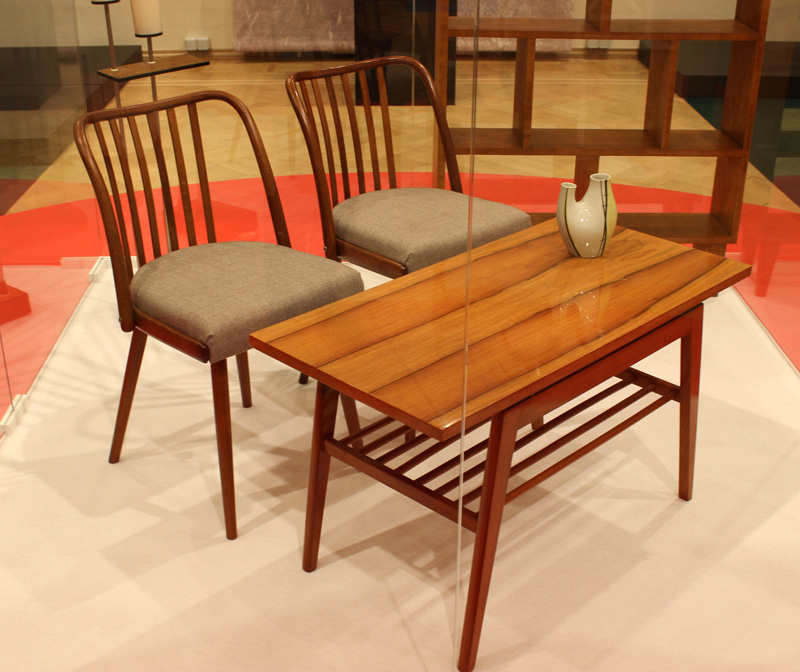Style at a Glance: Biedermeier
I am reading a very interesting (and a very heavy!) book By Judith Miller Furniture: World Styles from Classical to Contemporary and it reminded me that it’s being a while I haven’t updated my History of Styles folder. I am reading at the moment about Biedermeier and personally I love this very elegant and minimalistic style. Let’s have a look at it at a glance!
1) The term “Biedermeier” covers the vast range of classic functional furniture, created between 1805 and 1850 (same time with Empire period). The Biedermeier furniture is characterised by straight lines, simple forms and absence of decorative embellishments.
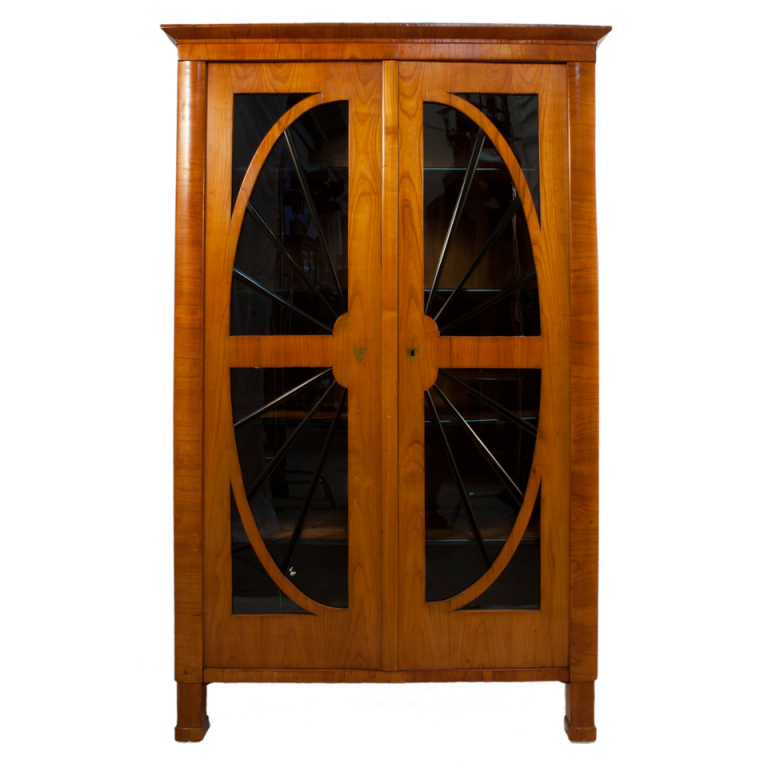
2) Popular motifs were classic architectural elements such as columns, pediments, cornices.
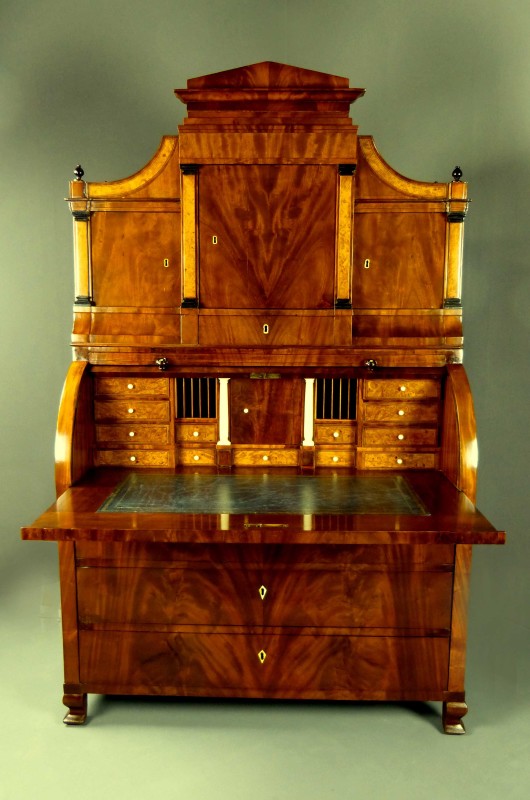
3) Popular timbers – locally available materials, such as cherry, oak, birch and ash (mahogany was very expensive, hence rarely used). The grain of the wood was always highlighted and enhanced by the shapes of furniture.
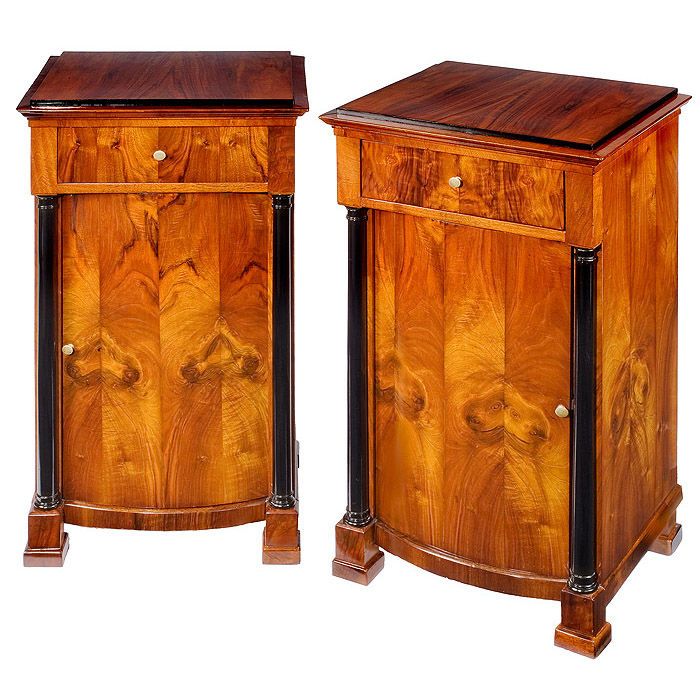
4) Biedermeier chairs are characterised by large flat surfaces that would show off the decorative grain of the wood. Unlike swellings and carved edges of Rococo, chairs of that period have predominantly square, cube forms. The back would usually have fountain-like shape.
5) Sofas usually incorporate geometric forms and circles, it is a mixture of Louis XVI elegance and curvature with Empire style masculinity and straightforwardness. Its functionality and ability to seat two or three people eliminated the use of armchairs.

6) Biedermeier interiors were usually very modestly furnished, great attention was paid to functionality and comfort, rather than the decorativeness. The furniture was cozy and comfortable, many items had a “pair” to create balance in the space. The colour palette was rich and abundant with colourful upholstery, curtains and light-wood furniture.
Want to learn more about various historic interior styles? Check out my eBook “History of Styles”:

